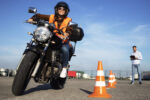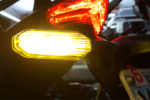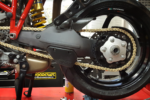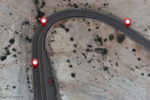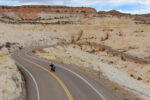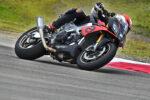Have You Been Wrong About Foot Position?
Every summer, I coach what we call the A.R.T., the Advanced Rider Training. It’s a riding school taught at our local track, using a Yamaha Champ School-approved curriculum. The goal is to help riders become safer and faster in an environment where they can ride at real-world speeds without worrying about oncoming traffic or deer.
Before spending the better part of the day on track, we work on fundamental skills, and one issue seems to affect a surprising number of riders.
This is what we see most often, even at the A.R.T., where riders do a lot of cornering. For most, this is simply the most comfortable position. On the shift side, your foot is perfectly positioned to click a shift, and on the other side, your foot rests on or covers the rear brake. So, what’s the problem? There are three big issues, two of which relate to how much closer your toe is to the ground.
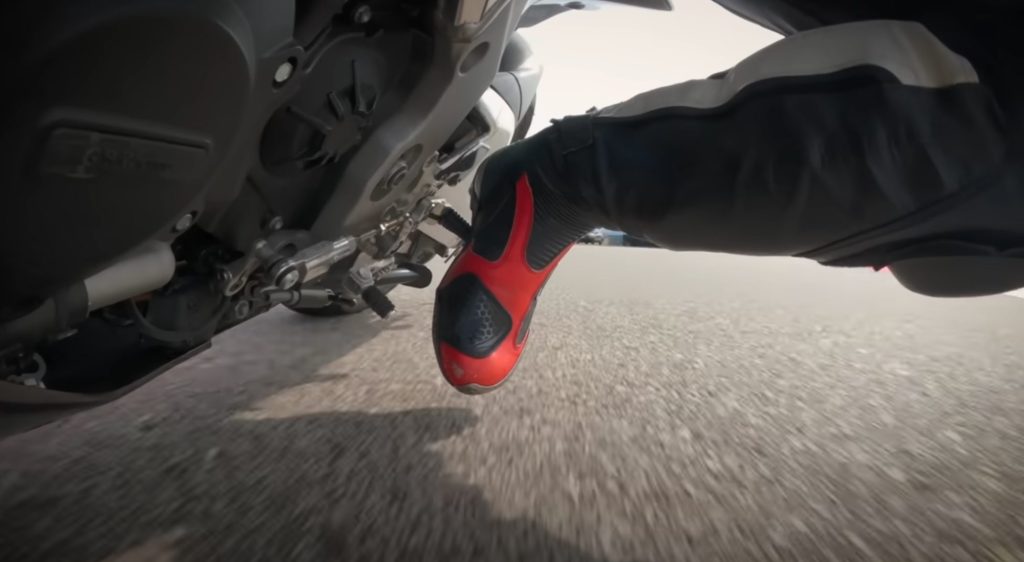
In street riding, hitting a bump or debris can impact your foot, leaving it vulnerable. While this isn’t a big deal, it becomes an issue when turning. A dangling toe is likely to hit the ground sooner than most think. Imagine being in a corner with your toe nearly dragging the ground, then encountering debris. Additionally, a disengaged leg makes it harder to support your weight, which can be a bigger deal in some situations.
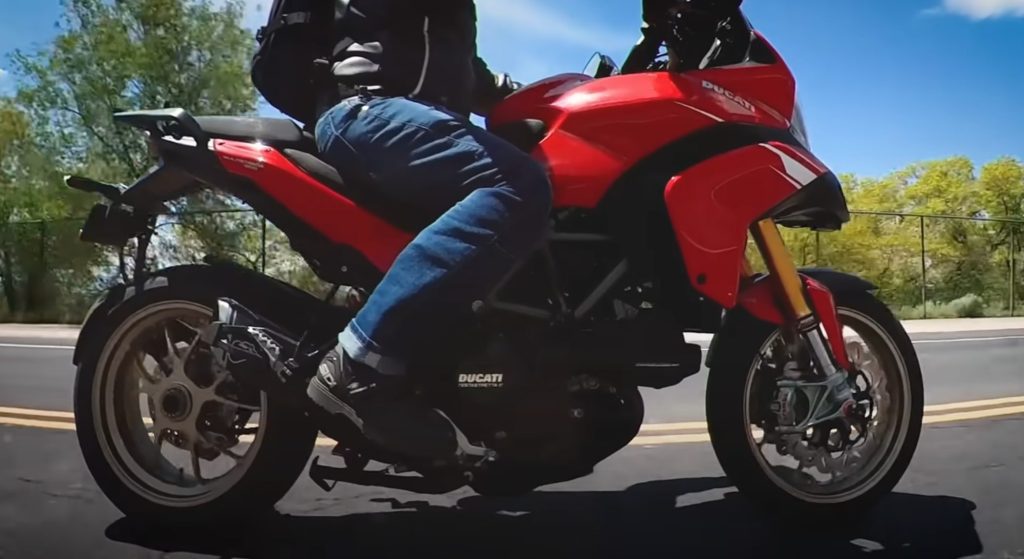
This is the foot position most advice advocates for and is the most commonly seen. The ball of the foot on the peg keeps your foot out of harm’s way, especially in corners. However, there’s a problem with this too. A relaxed heel acts like a hinge, making it hard to keep your leg engaged. While we don’t necessarily weight our pegs to turn the bike, doing so helps keep our lower body connected to it.
The toe is on the peg, but the heel is up, with the calf flexed like a toe raise. This provides the significant advantage of keeping your leg engaged and connected to the bike, especially near the center of the chassis or frame. Instead of being mostly plopped onto the seat, raising your heel drives your weight into a more deliberate position, making the bike respond more acutely to your movements.
This position also takes incredible pressure off your hands. Lean off the inside of your bike, take your hands off the handlebars, and then relax your ankle. Keeping the ankle flexed with the heel up reduces hand pressure, allowing the front wheel to track into the corner more easily, and making the bike feel more planted. A lot of subtle benefits come from flexing your calf.
So, which foot position is correct? A, B, or C? If you chose C, you’re wrong. If you chose A or B, you’re also wrong. The correct answer is: it depends. The best riders understand the importance of being adaptable and adjustable. We adapt our riding to the situation. Truth be told, in much of my street riding, my feet are in position A for comfort or to keep water from splashing. However, for meaningful cornering, we use position C, but only for the inside foot. The outside foot does something different, moving forward with the heel hooked on the peg to help rotate our chest into the corner, making it easier to see and reducing the need to twist our neck.
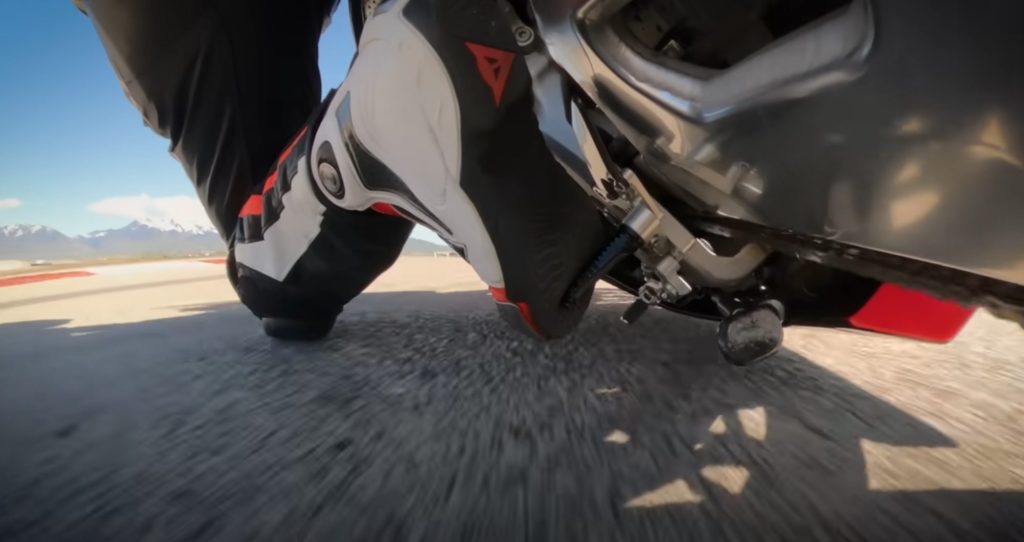
Foot position is dynamic and changes based on what we’re doing. Learn more about the Advanced Rider Training that I coach or want to attend a track day where I’m a rider coach.
